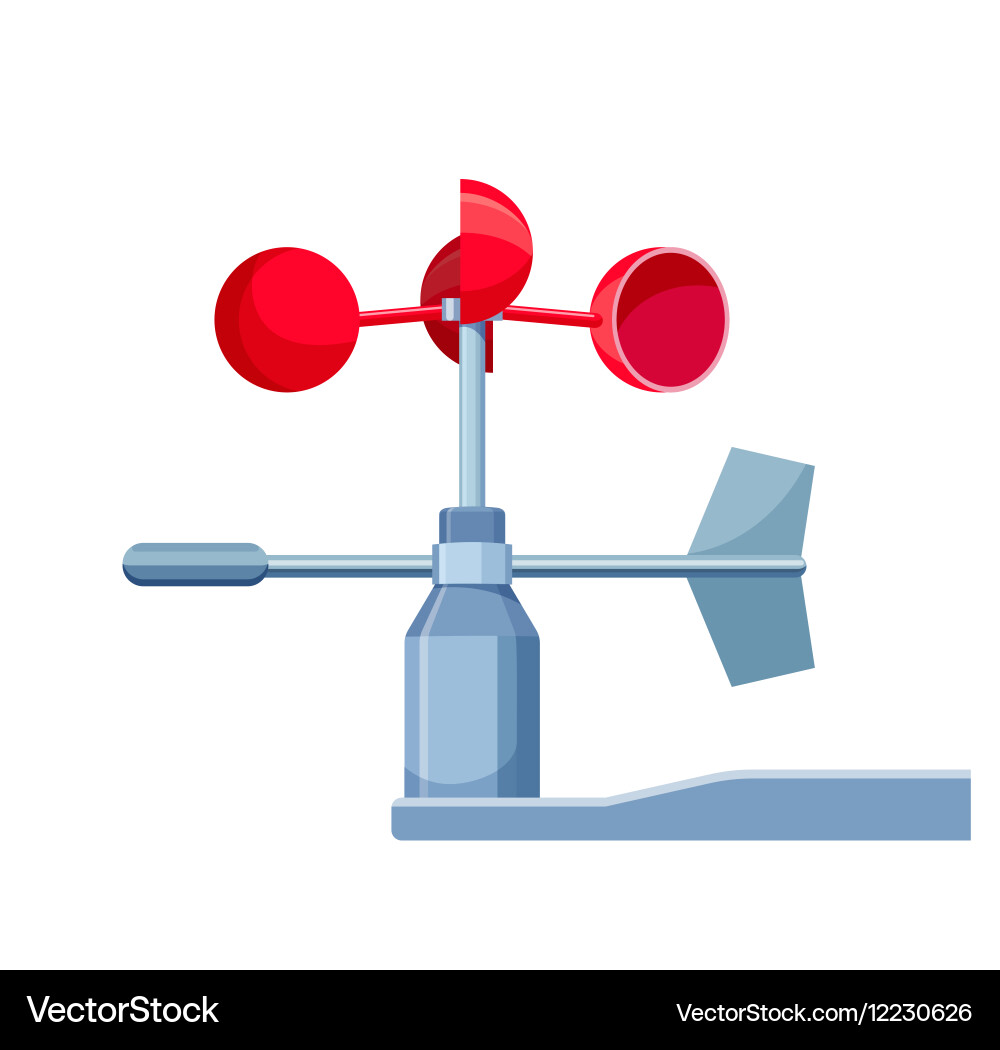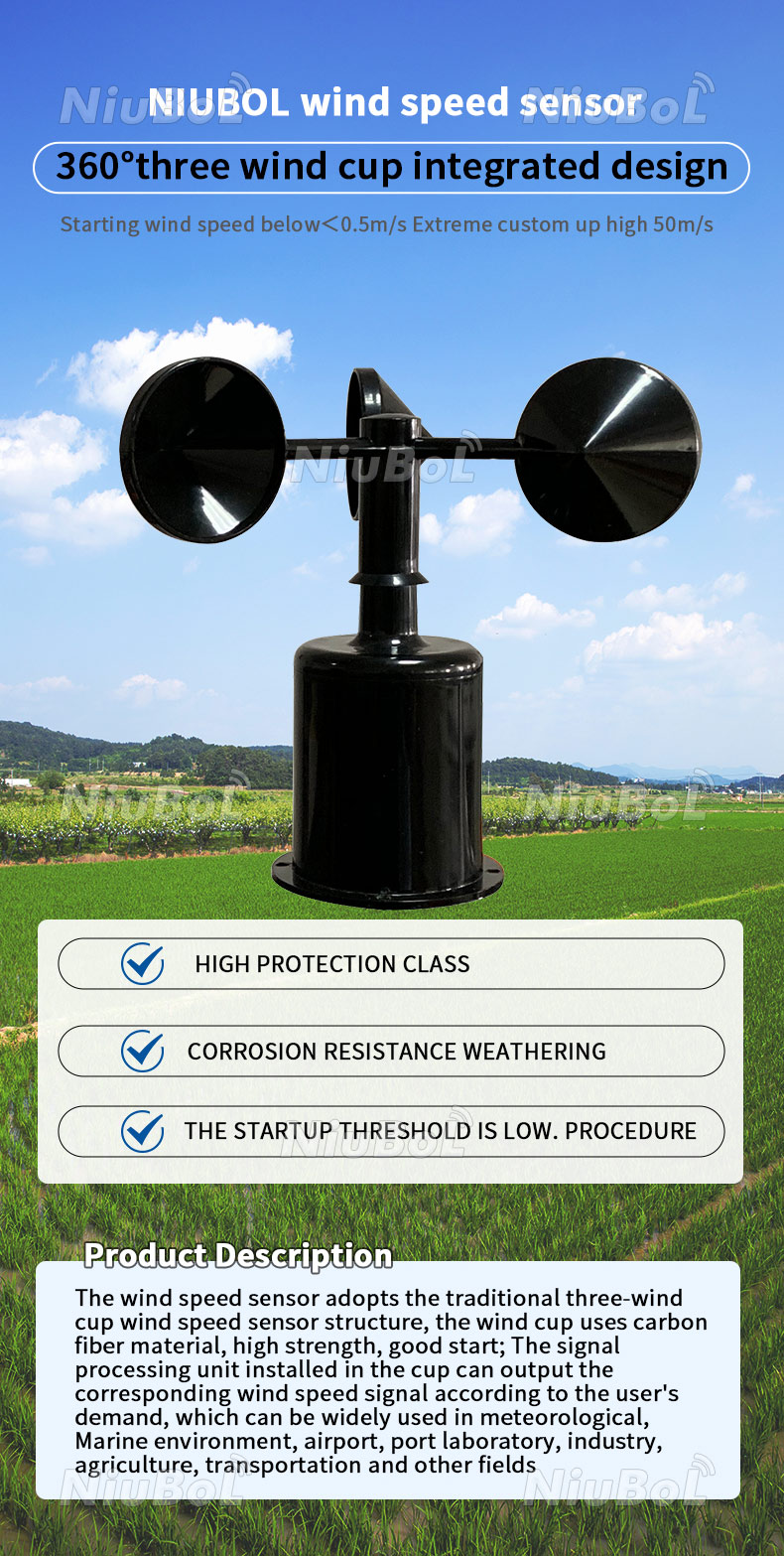All You Need to Understand About Anemometers: Exactly How They Function, Why They Matter, and Where to Make use of Them
Anemometers, though frequently forgotten in the realm of scientific instruments, play an essential function in numerous fields, supplying valuable insights right into wind rate and airflow patterns. As we delve into the intricacies of anemometer technology, we will uncover the inner functions of these tools, their value, and the crucial considerations when picking the appropriate anemometer for details applications.

Anemometer Basics
An important instrument made use of to gauge wind speed and instructions, the anemometer plays a critical function in weather forecasting and various industries. An anemometer typically is composed of three or 4 mugs that turn in the wind, a vane that points right into the wind, and sensors to track the rotations or movements.
There are various types of anemometers offered, including mug anemometers, vane anemometers, hot-wire anemometers, and sonic anemometers, each with its one-of-a-kind functions and applications. Mug anemometers are frequently utilized for fundamental wind rate dimensions, while vane anemometers are liked for directional measurements.
Principles of Anemometer Operation
Building on the foundational understanding of anemometer essentials, the concepts of anemometer operation elucidate the mechanics behind wind rate and instructions measurements. Mug anemometers, for circumstances, have 3 or more cups that record the wind, triggering them to rotate quicker as the wind speed rises. Hot-wire anemometers depend on a heated cable that cools down as wind passes over it, with the rate of cooling down determining the wind rate.
Relevance of Anemometers
The importance of anemometers in meteorology and different industries can not be overstated. Anemometers play an important function in determining wind rate and direction, giving important information for weather condition forecasting, environment researches, environmental surveillance, and air travel operations. Meteorologists count on anemometers to collect accurate wind data, aiding them understand climate patterns, anticipate tornados, and issue prompt warnings to the general public. In markets such as construction, agriculture, renewable power, and maritime operations, anemometers are utilized to enhance procedures, make sure safety and security, and enhance effectiveness. Wind farm operators make use of anemometers to assess wind conditions and take full advantage of electrical power production from wind generators. In the maritime market, Find Out More anemometers help ship navigating by offering real-time wind info to captains, aiding them make informed choices to make certain safe voyages. In general, anemometers are important devices that add significantly to safety and security, efficiency, and notified decision-making in meteorology and a vast array of industries.
Applications Throughout Numerous Industries
Applications of anemometers extend throughout varied markets, showcasing their flexibility and energy beyond meteorology. In the renewable resource industry, anemometers play a critical function in evaluating wind problems for wind ranch placements, ensuring ideal energy manufacturing. Industries like building and mining utilize anemometers to keep an eye on wind speeds, crucial for safety and security procedures, specifically when operating at heights or in open-pit mines where strong winds can posture risks. Anemometers are also indispensable in the air travel sector, aiding pilots in comprehending airspeed and wind direction for risk-free liftoffs and landings. The maritime market take advantage of anemometers for ship navigating, aiding sailors prepare for weather adjustments and adjust paths accordingly. In agriculture, anemometers help farmers in handling plant spraying by offering real-time information on wind rate to avoid drift. Additionally, anemometers locate applications in a/c systems to maximize airflow and boost power efficiency in structures. The diverse use situations of anemometers highlight their value across different sectors, highlighting their important role in boosting operational safety and security and effectiveness (anemometer).

Selecting the Right Anemometer for Your Demands
Choosing the proper anemometer customized to your specific requirements is crucial for obtaining precise wind rate and instructions measurements. When selecting an anemometer, take into consideration factors such as the designated application, called for dimension variety, environmental problems, and preferred functions. For general objectives, a cup anemometer is ideal for measuring wind rate, while a vane you can find out more anemometer gives wind instructions Our site information. Hot-wire anemometers are optimal for reduced airspeed measurements, and ultrasonic anemometers provide high accuracy and longevity.

Conclusion
In verdict, anemometers play an essential function in measuring wind speed and instructions across different sectors. It is crucial to consider the relevance of anemometers in order to make enlightened choices when picking the most suitable gadget for gauging wind conditions.
There are various kinds of anemometers available, including mug anemometers, vane anemometers, hot-wire anemometers, and sonic anemometers, each with its unique features and applications. Cup anemometers are commonly used for fundamental wind rate dimensions, while vane anemometers are favored for directional measurements. Hot-wire anemometers are ideal for low airspeeds, and sonic anemometers are optimal for high-precision dimensions in research study and industrial setups.Building on the foundational understanding of anemometer basics, the principles of anemometer operation illuminate the auto mechanics behind wind rate and instructions dimensions. For basic purposes, a mug anemometer is ideal for gauging wind rate, while a vane anemometer gives wind direction data.